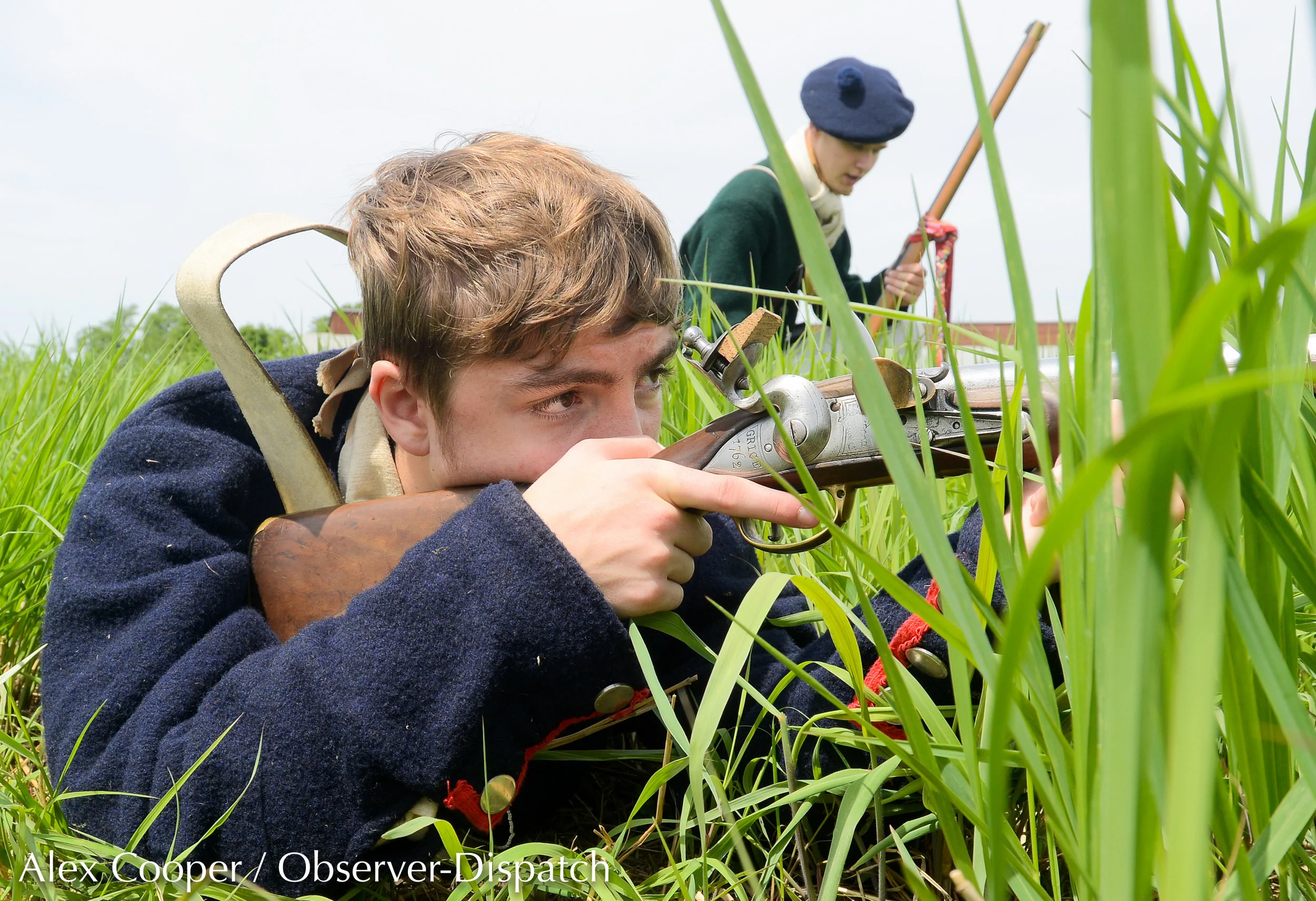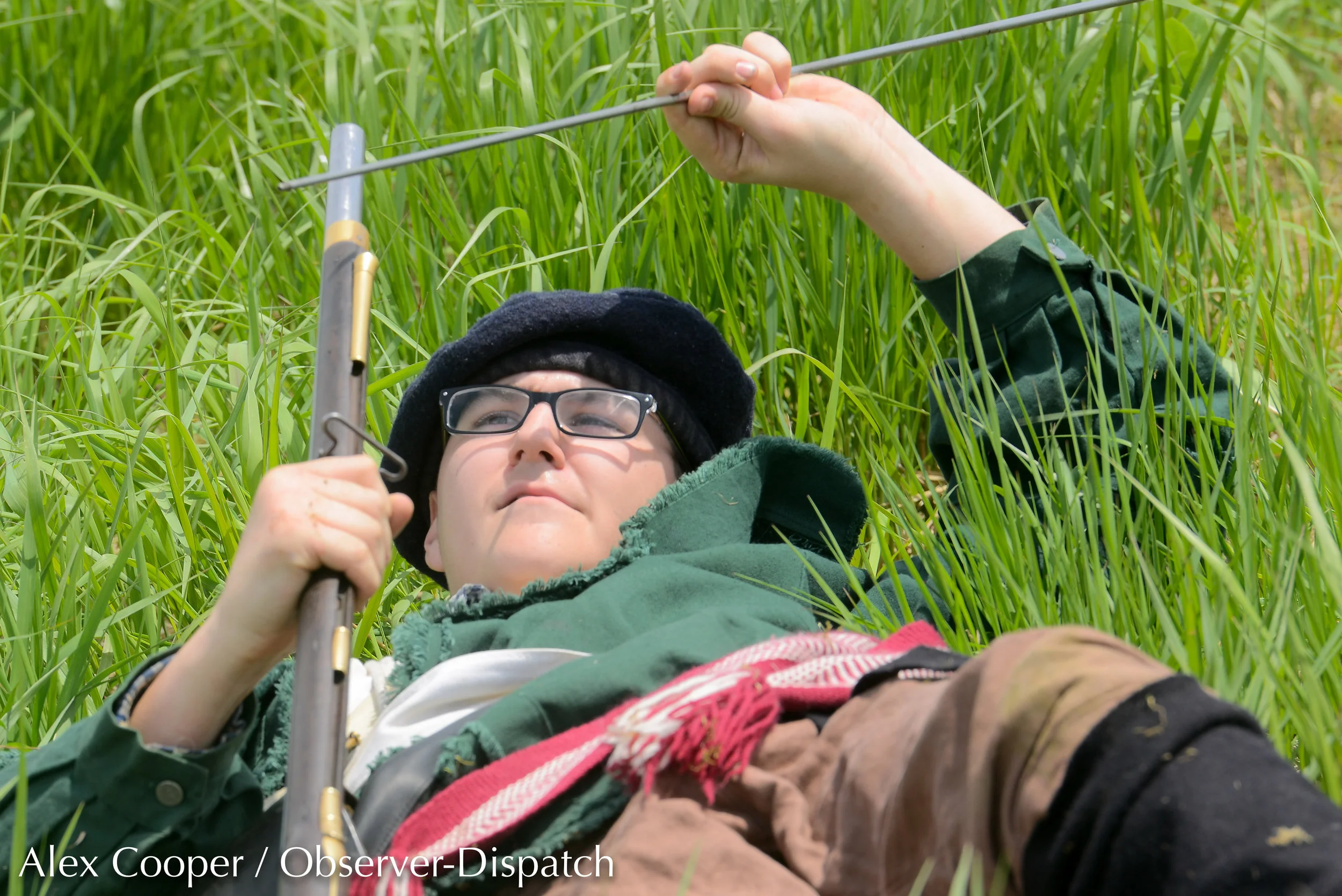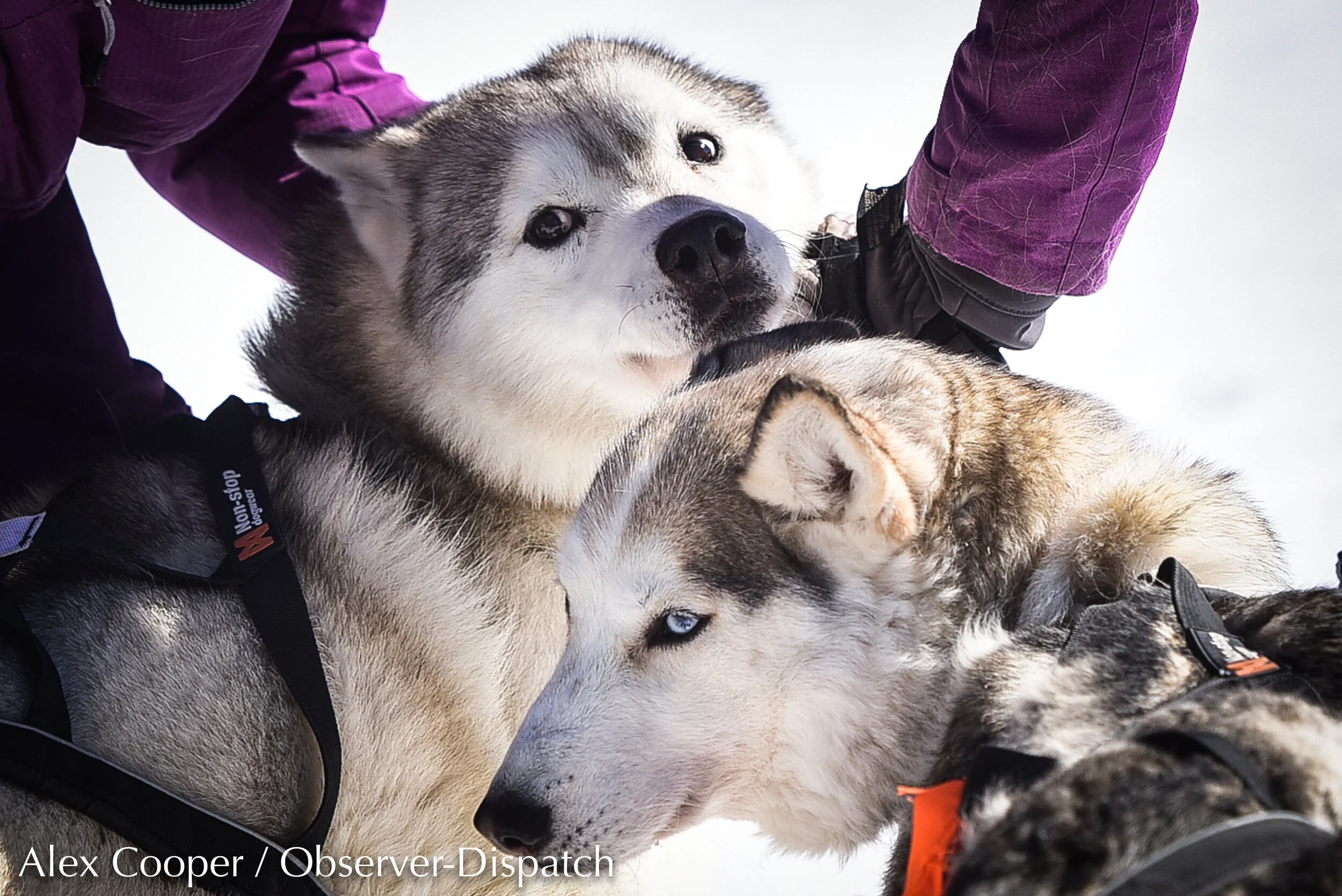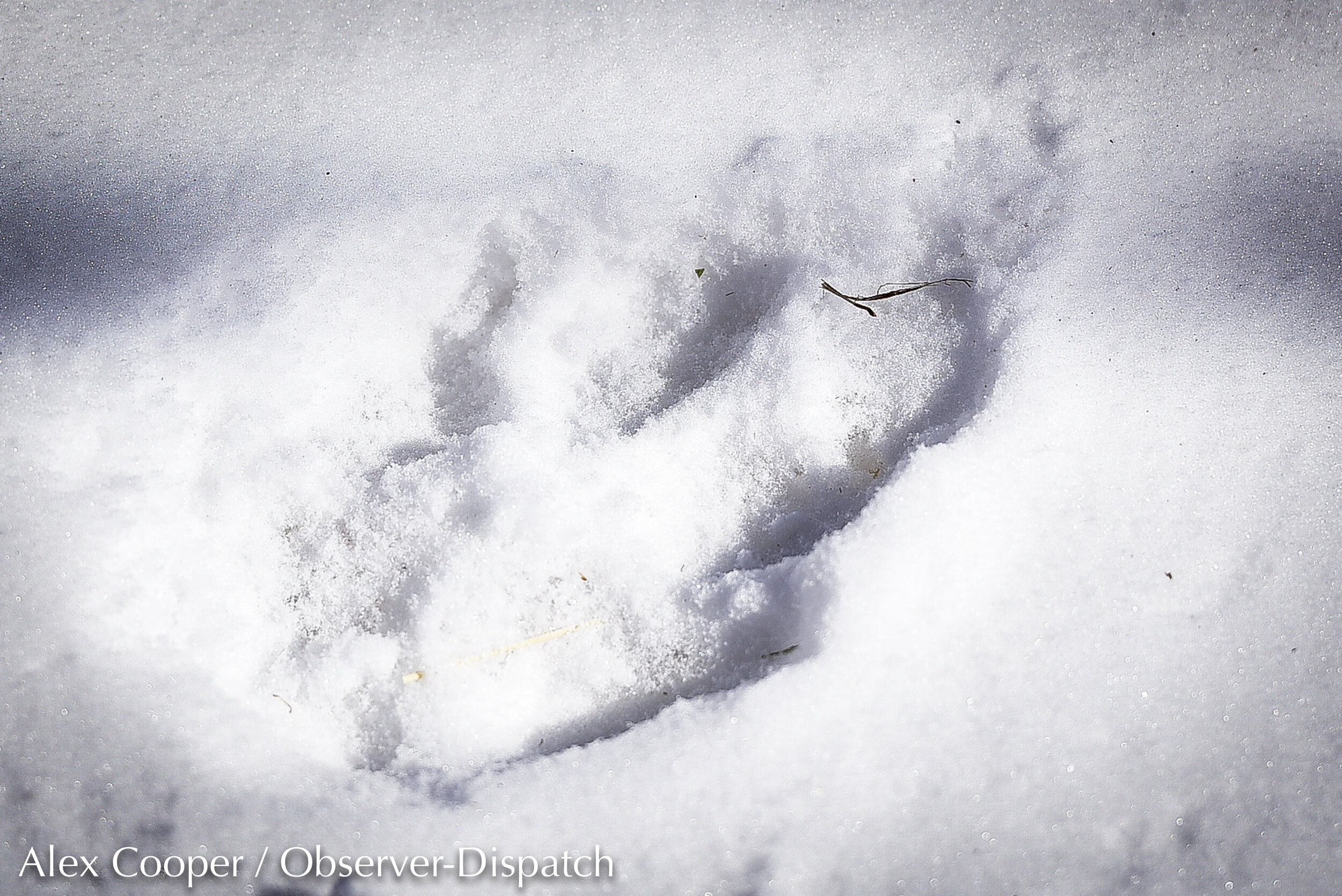Buddhism program heals, helps students
FULTONVILLE — A local healing program called The Guang Huan Mi Zong Health Dharma Course has been taking place at multiple Buddhism locations in both Fulton and Montgomery County since the beginning of August.
Residents from the tri-state area, as well as various locations throughout the United States, Canada, and China, have been visiting the area to participate in different courses that the program offers.
In regards to those who are coming from far away, the possibility of moving to the area is strongly considered, and the program has been attracting new residents.
“We want to let them understand how beautiful this city actually is,” says Jennie Wong, the spokeswoman for the World Peace and Health Organization. “We are trying to help build a finer city by bringing more beautiful people here, and on the other hand we are also trying our best to build a good infrastructure in the city.”
In the month of August three levels were established in the program. The first level was a preliminary class, focusing more on health problems such as detoxifying the body and uplifting the spirit; the second level reinforces learning and knowledge among the students; and the third level enhances wisdom.
In the month of September supreme yoga Buddhism instructor classes will be taking place. Students who have completed the course in previous years and those who have completed the course last month have the opportunity to share their knowledge with others through teaching.
"After they complete the August classes they will understand the ability to teach and also have the ability to help others," says Wong.
The age and health of the students varies greatly, and most of them are new not only to the program, but Buddhism itself. From young teenagers, to seniors experiencing health issues, rejuvenation is being accomplished in both the mind and body.
Albany resident Mark Tennyson was diagnosed with rheumatoid arthritis through Lyme disease many years ago. "My arthritis is almost gone now," said Tennyson. He says that Buddhism and the course itself contributes to a changed behavior and outlook on life, which in turn leads to the healing process.
Some of the students traveling from outside of the area will move here and already plan to set up some local businesses. Renovations are also continuing to develop at the holy sites, including the Euphratah Villa and the Western Shrine located in Fultonville.
“We come over here not for our own personal interest, but to realize our dream, which is to help other people,” says Wong. “Our main concern is not to just heal others, we want others to help heal themselves.”
Young re-enactors help history come alive at Fort Stanwix
ROME — The Mohawk Valley is rich in history.
There’s no doubt about that.
From Fort Herkimer Church to the Fort Stanwix National Monument, tourists and residents have an abundance to learn about from the past through local re-enactors.
One group in particular stood out during multiple events at Fort Stanwix this summer. The members portrayed mercenaries and British Affairs members and looked like they were young enough to be in high school – which they are.
Hayden Johnson, a 16-year-old senior at Westmoreland High School, took the initiative in starting a group with younger guys through the National Park Service. Once the identity of the group they would be portraying was established, Johnson started texting friends to see if they would be interested in joining.
About 13 youths are involved. Others still are in the process of signing up but eventually will be members.
“I was always big into history and always wanted to be involved with history,” Johnson said.
He said the fort being so close to his home really sparked his interest in trying out re-enacting when he was 13 years old and it’s been growing ever since.
Kelly Roman, a park ranger at Fort Stanwix, has been there for 17 years. She said she has seen young adults and kids take initiative toward a re-enacting group before, but it’s been a long time.
“I think it’s always exciting when youth are interested in history,” she said. “They could be very cool ambassadors to the history of our area.”
In regards to the veteran groups of individuals who contribute by dressing up as ambassadors at the fort, Roman said they “work so well together.”
One individual who has been reenacting and working at the fort for 35 years is park Ranger Bill Sawyer.
“We really appreciate young folks taking interest in it,” Sawyer said. “There’s so many other things they could be getting involved with, especially with modern technology in this era.”
Sawyer said the main objective in the park is making a connection with others through storytelling, and that this new group has the potential to “carry the torch” and be a major success.
Throughout his nearly four decades at the fort, a noticeable decline in the amount of people interested in reenacting has been apparent, especially among younger people.
“We’re not getting as many people anymore,” Sawyer said. “The numbers aren’t what they used to be.”
While the group still is in its infancy, there will be plans to guide the teens and make the group more authentic.
“We are definitely looking to guide them on a particular path for better storytelling purposes to the public,” Sawyer said.
‘Closest to God you can get’: Schuyler couple thinks nothing compares to sled dog racing
SCHUYLER — Jim and Bonnie Nessia have been dog sled racing for more than 20 years and own 14 Siberian Huskies.
After a season of cancelled races due to COVID-19 and a recent cancellation due to lack of snow, the couple are hoping to get their dogs back into competition for next winter.
They frequently take their huskies out for runs, considering the breed and lack of tournaments.
“We try to get them all running and active at least every other day,” said Jim.
During the 2019-2020 season, Bonnie and her team finished in first place for the fourth consecutive year in a row in the 4.5 mile class at the 2020 Tug Hill Challenge in Mannsville. That finish, along with placements in other sanctioned races during the season, earned her third place among more than 90 competitors from 16 countries in the International Federation of Sledding Sports World Cup.
Sled dog racing was nowhere on the couple’s radar when they first brought home a husky as a pet, but after more than 20 years of racing they wouldn’t want to give it up.
There’s nothing that compares as far as Bonnie Nessia is concerned.
“When you’re on a wooded trail with the dogs out in front and you hear the whoosh of the runners, to me it’s the closest to God you can get,” she said.
The idea of getting into dog sled racing came about as a result of conversations with a co-worker who was interested in mushing, said Bonnie Nessia, who worked in the nursery at St. Luke’s hospital until retiring.
She and her husband started learning about the sport and training the dogs, teaching them to respond to commands such as “gee” to turn right and “haw” to turn left. In 2000 they began racing.
This year, activity with the dogs has been mostly restricted to runs around tracks on and adjacent to the Nessias’ Hawthorne Road property.
“If it wasn’t for the neighbors we couldn’t do this,” said Jim Nessia.
He said Schuyler Town Supervisor Anthony Lucenti allows them to run their dogs on his property. Other neighbors have been tolerant of the dogs’ noise.
The dogs need to run about every other day, Jim Nessia said, prior to harnessing a team of four dogs to run a few loops around the field.
They admit that dog sled racing is not an inexpensive hobby. In the winter, when the dogs are pulling the sleds, they are fed the high-quality food needed to help strengthen muscle and provide energy. The food costs about $73 a bag and then there’s chicken, fish and stew beef besides. Veterinary services and travel are other expenses.
About half of their dogs come from a breeder in Canada, said Bonnie, adding that raising puppies takes a lot of work. “We’ve had three litters since 1996.”
They usually keep the male and female dogs apart when the females are in heat; the dogs run better when they are not spayed or neutered, she explained. The older females are spayed to prevent health problems after their racing years are over.
“But no matter what, we keep them,” Bonnie said. “They’re family.”
Story credit: Donna Thompson, Times Telegram / Observer-Dispatch















![From left, Dominick Drake and Hayden Johnson fire off non-loaded muskets near the walls of Fort Stanwix during a firing demonstration on Friday, July 20, 2018, at the Fort Stanwix National Monument in Rome. [ALEX COOPER / OBSERVER-DISPATCH]](https://images.squarespace-cdn.com/content/v1/54ad918ae4b0cb1588d592ff/1539641605221-6R930UOCLID6JPF1PBYO/reenactors_wm-14.jpg)
![A mixture of veteran and young re-enactors march near the entrance to Fort Stanwix on Friday, July 20, 2018, at the Fort Stanwix National Monument in Rome. [ALEX COOPER / OBSERVER-DISPATCH]](https://images.squarespace-cdn.com/content/v1/54ad918ae4b0cb1588d592ff/1539641716694-5OU04DJYK9Y7NPT5FS0M/reenactors_wm-16.jpg)
![Darrin Grabski, a junior at Westmoreland High School, poses for a portrait on Friday, June 29, 2018, at the Fort Stanwix National Monument in Rome. [ALEX COOPER / OBSERVER-DISPATCH]](https://images.squarespace-cdn.com/content/v1/54ad918ae4b0cb1588d592ff/1539641995578-DZEZE316G67RQBZNIPF3/reenactors_wm-9.jpg)
![Dominick Drake, a senior at RFA, runs for cover near a treeline while reenacting during French & Indian War Weekend on Saturday, May 26, 2018, at the Fort Stanwix National Monument in Rome. [ALEX COOPER / OBSERVER-DISPATCH]](https://images.squarespace-cdn.com/content/v1/54ad918ae4b0cb1588d592ff/1539642170628-KV2IFPLWGQN9KF7E70MN/reenactors_wm-1.jpg)

![Dominick Drake, a senior at RFA, poses for a portrait inside of a trading post room at the Fort Stanwix National Monument i on Friday, July 20, 2018, in Rome. [ALEX COOPER / OBSERVER-DISPATCH]](https://images.squarespace-cdn.com/content/v1/54ad918ae4b0cb1588d592ff/1539643138066-2C5ULQM70RG9KKRJZBWH/image-asset.jpeg)
![From left, Hayden Johnson and Darrin Grabski, both students at Westmoreland High School, walk along the bridge leading into Fort Stanwix on Friday, June 29, 2018, at the Fort Stanwix National Monument in Rome. [ALEX COOPER / OBSERVER-DISPATCH]](https://images.squarespace-cdn.com/content/v1/54ad918ae4b0cb1588d592ff/1539643256599-D2PAUOKEYTZOXGRRZVTX/reenactors_wm-8.jpg)










